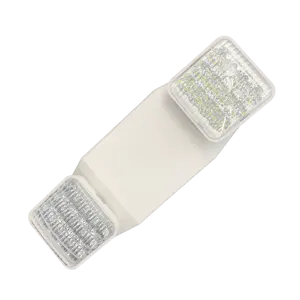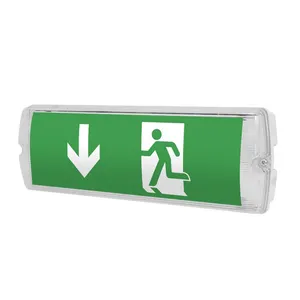A Comprehensive Guide to Ambulance Emergency Lights
Ambulance emergency lights are critical components of emergency response vehicles, serving as beacons of safety in urgent situations. These specialized lights are designed to alert other road users to the presence of an emergency vehicle, allowing for quicker and safer passage through traffic. This guide delves into the various aspects of ambulance lights, from their types and applications to features and selection criteria.
Types and Applications of Ambulance Lights
Ambulance lights come in various forms, including ambulance light bars, ambulance flashing lights, and ambulance beacon lights. Each type serves a specific function, whether it's to provide 360-degree visibility with a light bar or to signal urgency with flashing patterns. These lights are not just limited to the exterior; ambulance led lights are also used inside the vehicle to aid medical personnel in patient care.
Features of Ambulance LED Lights
Ambulance led lights are favored for their durability and efficiency. LED technology ensures that these lights are bright, long-lasting, and energy-efficient. The ambulance light led units come in various shapes and sizes, catering to different vehicle designs and lighting requirements. Features such as adjustable flash patterns and intensity levels allow for customization based on specific operational needs.
Materials and Advantages of Emergency Ambulance Lights
The construction of emergency ambulance lights often involves robust materials capable of withstanding harsh weather conditions and the rigors of emergency response. The advantages of using LEDs in ems lights include lower power consumption and reduced maintenance, which are crucial for vehicles that need to be ready for immediate deployment.
Choosing the Right Ambulance Emergency Lighting
Selecting the appropriate ambulance emergency lights involves understanding the specific needs of the emergency vehicle. Factors such as the intensity of light, the color spectrum, and mounting options are crucial. It's important to consider the compatibility of the lights with the vehicle's power system and the ease of integration with existing emergency systems. Prospective buyers should look for lights that meet the necessary specifications and offer the versatility required for different emergency scenarios.
Conclusion
When it comes to ensuring the functionality and visibility of emergency response vehicles, the right lighting is indispensable. Ambulance lights, particularly LED options, provide reliable and efficient solutions for these critical situations. While selecting these lights, one must consider the vehicle's requirements, the lights' features, and their compliance with relevant standards. With a variety of options available, it is essential to choose wisely to maintain the efficacy of emergency response operations.










































 浙公网安备 33010002000092号
浙公网安备 33010002000092号 浙B2-20120091-4
浙B2-20120091-4